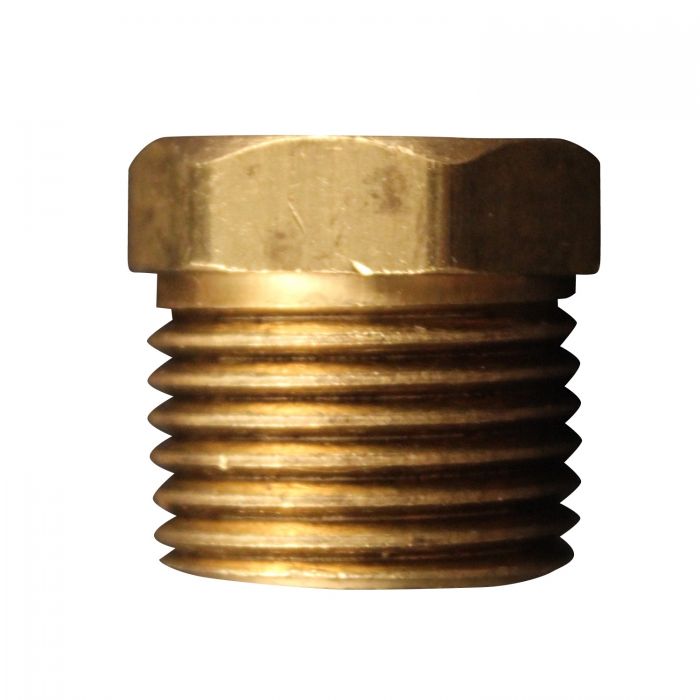Eaton Hydraulic Hose Fittings:
- Eaton hydraulic hose fittings are made of steel / carbon steel to withstand harsh operating conditions.
- They feature trivalent chromium zinc finish to resist moisture and corrosion.
Parker Female JIC Hose Fittings:
- These fittings feature one-piece steel construction to reduce leakage while ensuring high strength.
- They have zinc finish to resist corrosion on exposed surfaces.
- These hydraulic hose fittings offer an easy push-on force installation design for easy installation and removal.
Dixon Hex Plugs:
- They are made of lead-free brass and are suitable for use in drinking water supplies as per Safe Drinking Water Act.
- These fittings have a hexagonal countersunk head for increased leverage when used with a wrench.
 £ GBPChange Country
£ GBPChange Country




